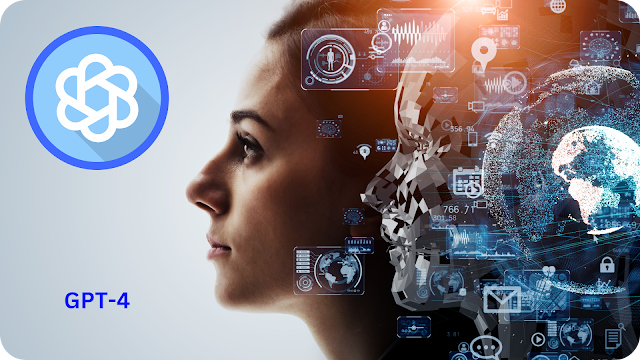Introduction
In the ever-evolving landscape of artificial intelligence, OpenAI continues to push the boundaries of language generation. The latest breakthrough comes in the form of GPT-4, the fourth iteration of the renowned Generative Pre-trained Transformer series. GPT-4 promises to revolutionize the way we interact with AI-generated content and opens up new possibilities for various industries. This blog post dives into the exciting features, advancements, and potential applications of GPT-4.
1. Enhanced Language Understanding
GPT-4 boasts significant improvements in language understanding, enabling it to grasp context, nuances, and subtleties with remarkable accuracy. The model's training dataset has been expanded to encompass a vast range of sources, ensuring a more comprehensive understanding of human language.
2. Contextual Adaptability
One of the key highlights of GPT-4 is its enhanced contextual adaptability. The model excels at maintaining coherent conversations and generating contextually relevant responses, making interactions with AI more natural and seamless.
3. Multimodal Capabilities
GPT-4 introduces multimodal capabilities, enabling it to process and generate content from not only text but also other forms of media such as images and videos. This breakthrough opens up new avenues for creative content generation, interactive storytelling, and immersive user experiences.
4. Few-shot Learning and Transfer Learning
GPT-4 incorporates advancements in few-shot learning and transfer learning, allowing it to learn from limited examples and transfer knowledge across domains. This feature enhances the model's adaptability to new tasks and reduces the need for extensive training data.
5. Ethical Considerations and Bias Mitigation
OpenAI places a strong emphasis on ethical considerations and bias mitigation in GPT-4. Efforts have been made to reduce both glaring and subtle biases in the model's responses, fostering fairness, inclusivity, and responsible AI usage.
6. Industry Applications
The potential applications of GPT-4 span across various industries. In customer support, GPT-4 can offer more personalized and accurate assistance, streamlining the support process. In content creation, the model can assist writers with generating ideas, refining drafts, and producing engaging content. GPT-4's multimodal capabilities find applications in fields like advertising, virtual reality, and gaming, enabling more immersive and interactive experiences.
Conclusion
GPT-4 represents a significant leap forward in language generation, showcasing remarkable advancements in language understanding, contextual adaptability, and multimodal capabilities. With its potential applications across industries and a focus on ethical considerations, GPT-4 sets the stage for a new era of AI-driven content generation and interactions. As OpenAI continues to refine and enhance its models, the future of language generation looks promising.
FAQs
Q1. Is GPT-4 available for public use?
As of now, GPT-4 is still in the research and development phase and not available for public use. OpenAI is actively working towards making its models accessible while ensuring responsible deployment and mitigating potential risks.
Q2. How does GPT-4 handle biases in language generation?
OpenAI is committed to reducing biases in language generation. They employ a combination of pre-training techniques, fine-tuning on diverse datasets, and ongoing evaluation to address bias-related concerns. User feedback plays a crucial role in improving the model's fairness and mitigating biases.
Q3. Can GPT-4 be fine-tuned for specific tasks?
Yes, GPT-4 can be fine-tuned on specific tasks and domains. Fine-tuning allows users to adapt the model to their specific needs, improving its performance in specialized areas.
Q4. What are the computational requirements for running GPT-4?
GPT-4 requires substantial computational resources to train and run effectively. Training the model involves sophisticated hardware and significant computing power. However, OpenAI is actively exploring ways to make the technology more accessible and efficient.
Q5. What are the future developments expected for GPT-4?
OpenAI is continuously working on refining GPT-4 and addressing its limitations. Future developments may include improved contextual understanding, increased efficiency, and expanded support for various languages.

